Casey Viator was a professional bodybuilder and bodybuilding legend from Lafayette, Louisiana. He was known for his impressive physique and unique training philosophy, which emphasized high-intensity workouts and a focus on individual muscle groups. Viator’s dedication to his craft and commitment to a strict diet and nutrition plan helped him achieve numerous accomplishments throughout his career.
Viator’s training routine included a variety of key exercises that targeted specific muscle groups, such as squats, deadlifts, and bench presses. He also incorporated isolation exercises, such as bicep curls and tricep extensions, to help build muscle definition. Viator’s approach to training was based on the principle of progressive overload, which involves gradually increasing the weight and intensity of workouts over time.
Despite facing numerous challenges throughout his career, including injuries and setbacks, Viator remained dedicated to his craft and continued to push himself to new heights. His legacy and influence continue to inspire bodybuilders and fitness enthusiasts around the world to this day.
Key Takeaways
- Casey Viator was a professional bodybuilder and bodybuilding legend known for his impressive physique and unique training philosophy.
- Viator’s training routine included a variety of key exercises that targeted specific muscle groups and was based on the principle of progressive overload.
- Despite facing numerous challenges throughout his career, Viator remained dedicated to his craft and continues to inspire bodybuilders and fitness enthusiasts around the world today.
Early Life and Career
Casey Viator was born on September 4, 1951, in Louisiana, USA. He grew up in a family of bodybuilders, as his father was a weightlifter and his mother was a gymnast. Viator started lifting weights at a young age and quickly developed a passion for bodybuilding.
In 1970, Viator won the Junior Mr. America competition, which launched his career in bodybuilding. He went on to win several other competitions, including the AAU Mr. America and NABBA Mr. Universe titles. Viator was known for his impressive physique, which included massive arms, broad shoulders, and a narrow waist.
BULKING or CUTTING? We teamed up with the number one bodybuilding supplement brand on the market to help you take your results to the next level. A free custom supplement plan designed to enhance your results.
Viator’s most significant achievement came in 1982 when he won the Mr. Olympia competition. He beat out other notable bodybuilders such as Boyer Coe, Arnold Schwarzenegger, Sergio Oliva, Tom Platz, and Franco Columbu. Viator’s victory was a testament to his hard work and dedication to the sport.
Throughout his career, Viator was known for his unique training methods and diet. He was a proponent of high-intensity training, which involved short, intense workouts with heavy weights. Viator also followed a strict diet that consisted of lean protein, complex carbohydrates, and healthy fats.
Overall, Viator’s early life and career were marked by his passion for bodybuilding and his dedication to achieving his goals. He was a trailblazer in the sport and left a lasting legacy that continues to inspire bodybuilders today.
Training Philosophy
Casey Viator’s training philosophy was centered around high-intensity workouts that focused on training the muscle to failure. He believed that a muscle should be trained until it cannot complete another repetition, which he referred to as “hitting the wall.” Viator believed that this type of intense workout was necessary for muscle growth and development.
Viator’s workout routine consisted of training each muscle group once a week with a variety of exercises. He would typically perform 3-4 sets of each exercise, with 6-12 repetitions per set. Viator would increase the weight for each set, aiming to lift as heavy as possible while still maintaining proper form.
My Top Recommended Supplements
One of Viator’s favorite training techniques was the “rest-pause” method. This involves performing a set of repetitions until failure, taking a short rest, and then continuing with more repetitions until failure again. This technique allowed Viator to push his muscles to their limits and achieve maximum growth.
In addition to his intense workouts, Viator placed a strong emphasis on nutrition. He believed that diet was just as important as training when it came to building muscle. Viator’s diet consisted of high-quality protein sources, complex carbohydrates, and healthy fats.
Overall, Casey Viator’s training philosophy was centered around high-intensity, intense workouts that focused on training the muscle to failure. He believed that this type of training was necessary for muscle growth and development, and he combined it with a balanced and nutritious diet to achieve the best results.
Key Exercises in Casey Viator’s Routine
Chest and Arms
Casey Viator’s chest and arms workout routine included exercises such as bench press, incline barbell press, cable crossover, dips, and barbell curl. These exercises were performed with heavy weights and low reps to promote muscle growth and strength. Viator also incorporated supersets and drop sets to increase intensity and stimulate muscle growth.
Legs and Back
Viator’s leg and back workout routine included exercises such as squat, leg press, leg curl, leg extension, deadlift, and full squats. These exercises were performed with heavy weights and low reps to promote muscle growth and strength. Viator also incorporated supersets and drop sets to increase intensity and stimulate muscle growth.
Shoulders and Forearms
Viator’s shoulder and forearm workout routine included exercises such as lateral raise, press behind neck, wrist curl, and circular pulldown. These exercises were performed with heavy weights and low reps to promote muscle growth and strength. Viator also incorporated supersets and drop sets to increase intensity and stimulate muscle growth.
Additional Exercises
In addition to the primary exercises listed above, Viator also incorporated other exercises into his workout routine to target specific muscle groups. These exercises included triceps extension, pullover, and deadlifts.
Nautilus Equipment
Viator was a strong advocate of using Nautilus equipment in his workout routine. He believed that Nautilus machines provided a more natural range of motion compared to traditional weightlifting equipment. Viator used Nautilus machines to target specific muscle groups and increase intensity in his workouts.
The Colorado Experiment
In 1973, the famous bodybuilder Casey Viator participated in a unique experiment known as the Colorado Experiment. The experiment was conducted by Arthur Jones, the founder of Nautilus, and was carried out at Colorado State University under the supervision of Doctor Elliot Plese.
During the experiment, Viator followed a strict workout routine and diet plan designed by Jones. The workout routine consisted of only four exercises, and Viator was instructed to perform only one set of each exercise to failure. The exercises included leg press, bench press, pulldown, and biceps curl.
Hands down the top-rated testosterone booster supplement for men who want faster muscle growth.
Viator’s diet during the experiment was also closely monitored. He consumed a high-protein, high-fat, and low-carbohydrate diet, which was designed to maintain his muscle mass while reducing his body fat.
The results of the Colorado Experiment were astonishing. Viator gained an incredible 63 pounds of muscle in just 28 days, while also losing 18 pounds of body fat. This remarkable transformation demonstrated the effectiveness of Jones’s workout routine and diet plan.
Legal muscle-building supplement that's designed to mimic the effects of dianabol without all side effects.
However, it is important to note that the Colorado Experiment has been criticized for its small sample size and lack of scientific rigor. Despite these criticisms, the experiment remains a fascinating case study in the world of bodybuilding and fitness.
Diet and Nutrition
Casey Viator’s Diet Plan
Casey Viator’s diet plan was a key component of his bodybuilding success. He followed a high-protein, moderate-carbohydrate, and low-fat diet to fuel his intense workouts and build muscle mass. Viator consumed around 4,000 to 5,000 calories per day, which included six to seven meals spread throughout the day.
Viator’s diet plan consisted of lean proteins such as chicken, fish, and egg whites, complex carbohydrates like brown rice and sweet potatoes, and healthy fats from sources like avocado and nuts. He also included plenty of fresh vegetables and fruits in his diet to provide essential vitamins and minerals.
Macronutrients and Supplements
Viator’s macronutrient breakdown was roughly 40% protein, 40% carbohydrates, and 20% fat. He also supplemented his diet with protein powders, amino acids, and other supplements to support muscle growth and recovery.
Viator’s pre-workout supplement stack included caffeine, creatine, and beta-alanine, while his post-workout shake included whey protein and amino acids. He also took multivitamins and fish oil supplements to support overall health and wellness.
In conclusion, Casey Viator’s diet and nutrition played a crucial role in his bodybuilding success. By following a balanced diet plan and supplementing strategically, he was able to fuel his body for intense workouts and build impressive muscle mass.
Challenges and Accomplishments
Casey Viator faced several challenges throughout his bodybuilding career. In 1973, he was involved in a serious car accident that left him with a broken back and neck. Despite this setback, Viator was determined to continue bodybuilding and pushed himself to recover and regain his strength.
Viator’s dedication and hard work paid off, and he went on to achieve many accomplishments in the sport of bodybuilding. In 1971, he won the Mr. America title at the age of 19, becoming the youngest person ever to win the title. He also won the Mr. Universe title in 1976, and placed second in the Mr. Olympia competition in 1982.
Viator’s success was due in part to his strict workout routine and diet. He trained with heavy weights and focused on building muscle mass. He also followed a high-protein, low-carbohydrate diet to help fuel his workouts and support muscle growth.
Despite his impressive accomplishments, Viator faced stiff competition in the world of bodybuilding. He often competed against other top bodybuilders like Arnold Schwarzenegger and Frank Zane, and had to constantly work to improve his physique and stay at the top of his game.
Overall, Casey Viator’s dedication, hard work, and perseverance helped him overcome challenges and achieve great success in the sport of bodybuilding.
Legacy and Influence
Casey Viator’s legacy in the bodybuilding world is undeniable. His impressive physique and dedication to the sport have inspired countless athletes and fitness enthusiasts. Viator’s influence can be seen in the popularity of high-intensity training and his unique approach to nutrition.
Viator’s personal training philosophy focused on pushing the body to its limits through high-intensity workouts. He believed that by training with maximum effort and intensity, athletes could achieve incredible results in a short amount of time. This approach to training has become popular in the fitness industry and is often referred to as HIT (High-Intensity Training).
Viator’s chest and deltoid workouts were particularly noteworthy. He was known for his impressive chest development, which he achieved through a combination of heavy bench presses and flyes. Viator also had incredibly defined deltoids, which he developed through a variety of isolation exercises.
In addition to his workout routine, Viator was also known for his ripped body. He achieved his lean physique through a strict diet that was high in protein and low in carbohydrates. Viator’s diet consisted of lean meats, vegetables, and healthy fats.
Overall, Casey Viator’s legacy in the bodybuilding world is one of dedication, hard work, and innovation. His approach to training and nutrition has inspired countless athletes and continues to influence the fitness industry today.
Frequently Asked Questions
What was Casey Viator’s workout routine?
Casey Viator’s workout routine was intense and focused on high volume training. He trained each muscle group twice a week, performing multiple sets of each exercise. He also used a variety of training techniques, including supersets, drop sets, and forced reps, to push his muscles to the limit.
What did Casey Viator eat?
Casey Viator followed a high-protein, low-carbohydrate diet to maintain his muscular physique. He ate a lot of lean meats, such as chicken and fish, and also consumed protein supplements to ensure he was getting enough protein to support muscle growth.
How did Casey Viator train his forearms?
Casey Viator trained his forearms using a variety of exercises, including wrist curls, reverse wrist curls, and grip training. He also used heavy weights and high volume to challenge his forearms and promote muscle growth.
What were Casey Viator’s genetics like?
Casey Viator was blessed with excellent genetics for bodybuilding. He had a naturally muscular build and was able to build muscle quickly and easily. He also had a low body fat percentage, which helped to highlight his muscle definition.
What was the Colorado Experiment?
The Colorado Experiment was a controversial bodybuilding experiment conducted in the late 1970s. It involved Casey Viator and Arthur Jones, the inventor of the Nautilus exercise machines. The experiment aimed to prove that high-intensity training could produce significant muscle gains in a short period of time.
Is the Colorado Experiment real?
The Colorado Experiment is a real event that took place in the late 1970s. However, there is some controversy surrounding the validity of the results, with some experts questioning the accuracy of the measurements and the methods used in the experiment.


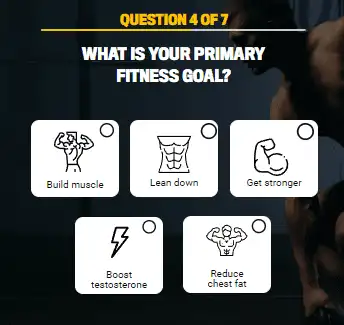

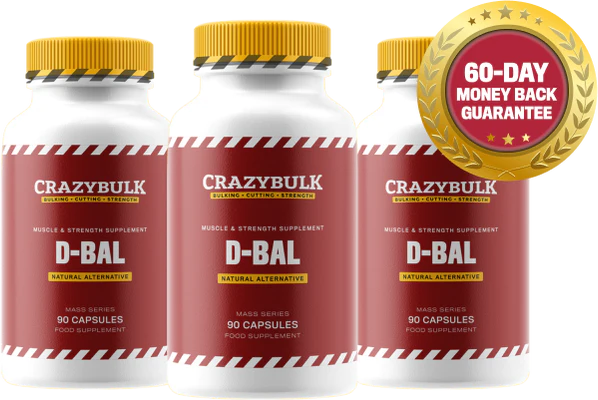
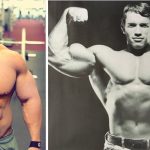

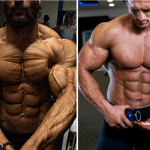
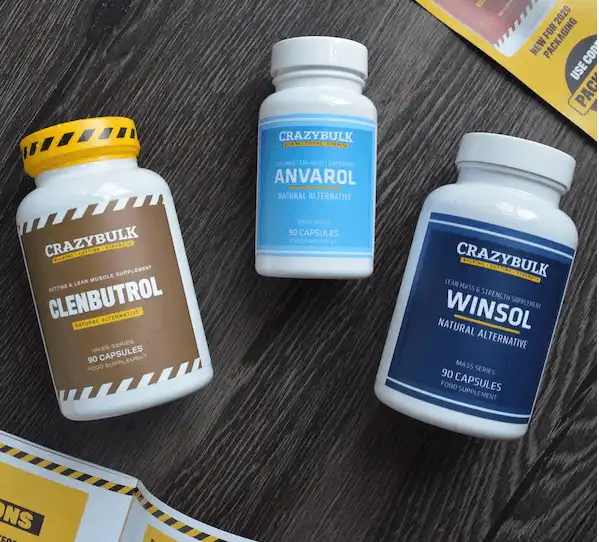
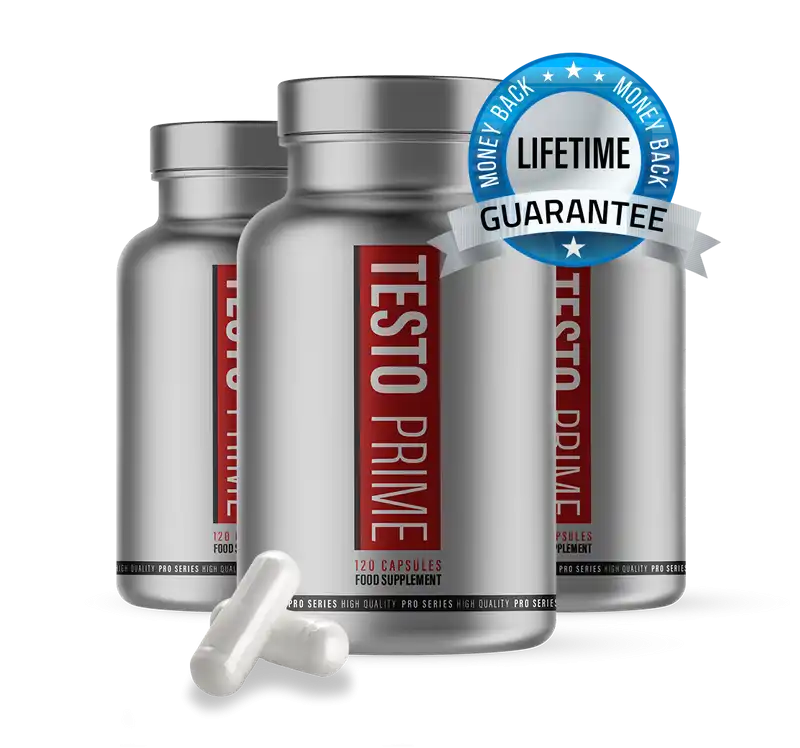
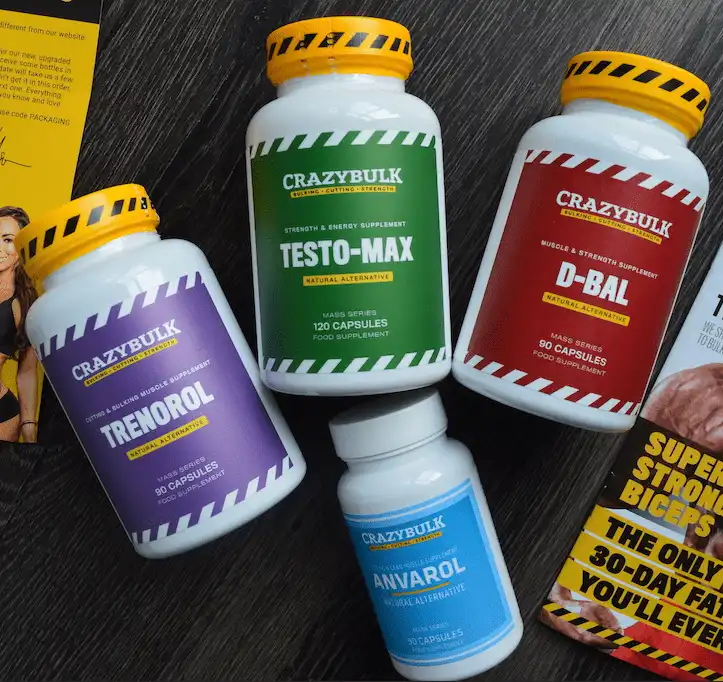
“The results of the Colorado Experiment were astonishing. Viator gained an incredible 63 pounds of muscle in just 28 days, while also losing 18 pounds of body fat”
This is incorrect. The alleged gains were around 45 lbs of muscle. The remaining 18 lbs were conjuncture on Jones’ part of how much fat Casey had lost.
“Viator’s most significant achievement came in 1982 when he won the Mr. Olympia competition. He beat out other notable bodybuilders such as Boyer Coe, Arnold Schwarzenegger, Sergio Oliva, Tom Platz, and Franco Columbu. Viator’s victory was a testament to his hard work and dedication to the sport.”
Chris Dickerson won the 1982 Mr. Olympia. And Viator never beat Sergio, Franco or Arnold. They had all retired by them (although Sergio came back sometime later.
Honestly you people don’t have clue about the history of bodybuilding do you? Do you just make up stuff and hope people don’t call you on it?
“Viator’s success was due in part to his strict workout routine and diet. He trained with heavy weights and focused on building muscle mass. He also followed a high-protein, low-carbohydrate diet to help fuel his workouts and support muscle growth”
But just above you wrote “Viator’s macronutrient breakdown was roughly 40% protein, 40% carbohydrates, and 20% fat”
If his carb intake was roughly the same as his protein intake how can one be high and the other low?
Nor are these the only mistakes. The article is riddled with factual inaccuracies.
Probably wins the booby prize for worst written article on the Internet.
You state “Viator’s macronutrient breakdown was roughly 40% protein, 40% carbohydrates, and 20% fat”
But then later you said “Casey Viator followed a high-protein, low-carbohydrate diet to maintain his muscular physique”
Question. If his carb intake was the same as his protein intake how is one “high” while the other is “low”?